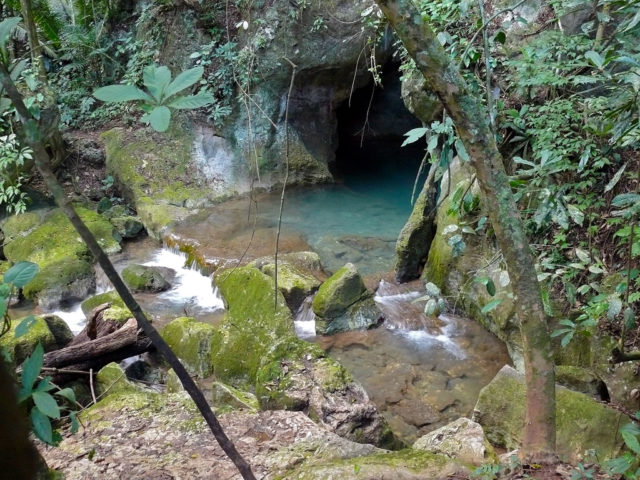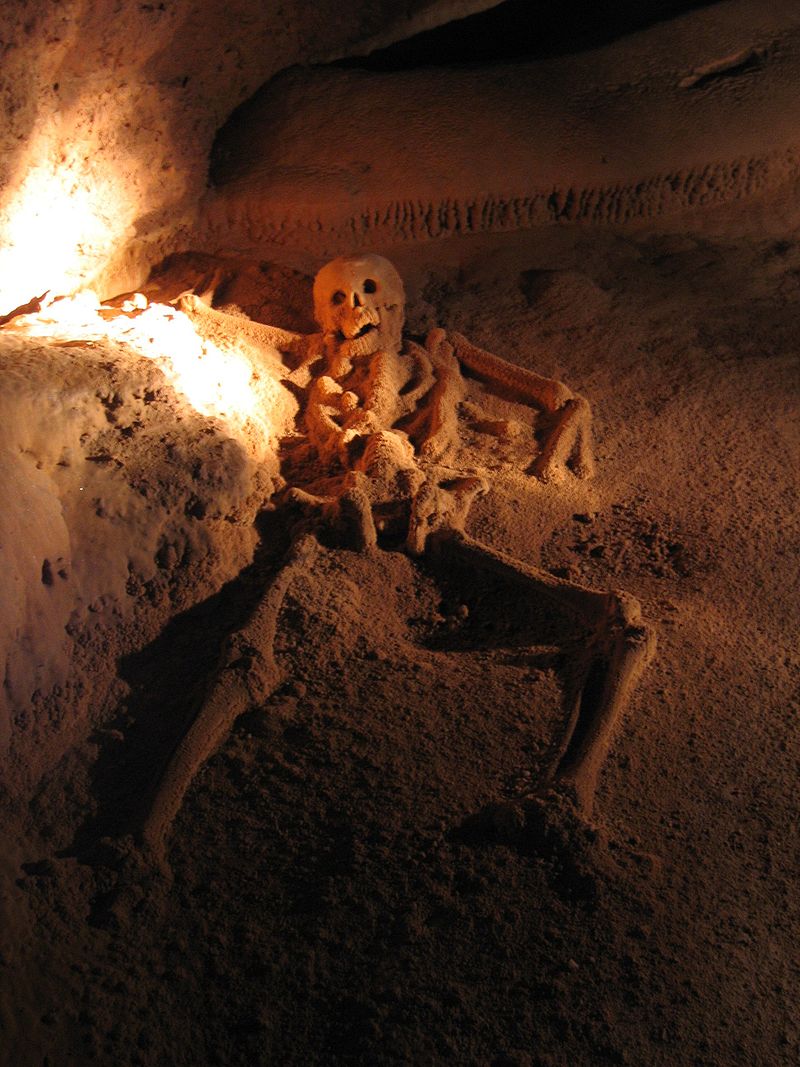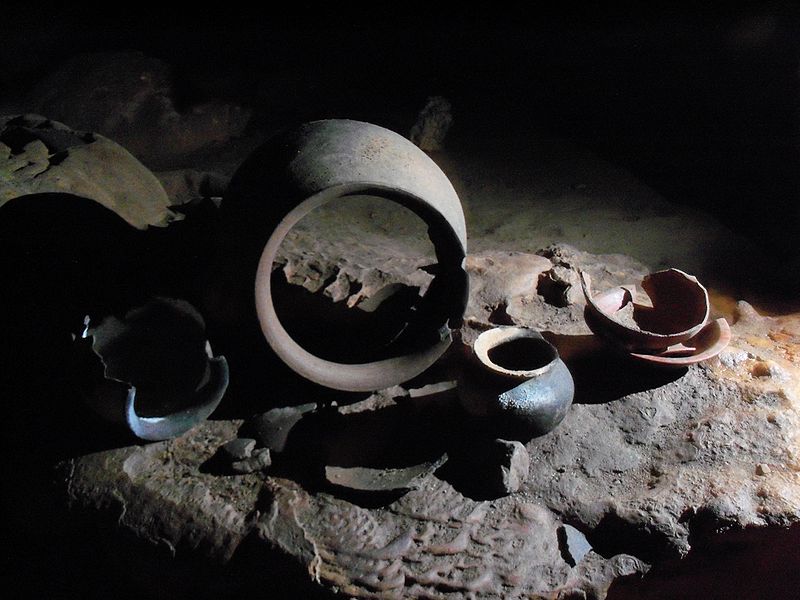The Maya civilization has always been interesting to explorers. It was one of the most advanced Mesoamerican civilizations and lasted approximately 3000 years.
Sacrifice was a religious activity in Maya culture, involving either the killing of animals or bloodletting by members of the community, in rituals superintended by priests. Human sacrifices were also performed by the Maya.
One of the most popular Mayan burial sites is the cave “Actun Tunichil Muknal.”

Discovered in 1989 deep in the Belize jungle of Central America, the cave is considered to be a place where Maya performed ritual human sacrifices. It was a sacred place for the Maya, who used the cave during the Classic period (AD 250-909). The name Actun Tunichil Muknal translates as “Cave of the Crystal Sepulchre,” and the locals know it as “Xibalba” after the Mayan underworld. The Crystal Cave was traditionally believed to be an entrance to hell, a deep fissure in the earth filled with rivers of blood and scorpions.
At the end of the cave system are skeletons of at least 14 humans, victims of ritual sacrifices made by the Mayan people to their Gods, who provided rain and agricultural fertility. Mayan people believed that their Gods resided in this cave.
The most famous of these skeletons is that of an 18-year-old girl known as “The Crystal Maiden.”

This skeleton is lying in a room separate to the other bodies, whose bones have been calcified to the point that they have taken on a sparkling, crystallized appearance. It is believed that she was killed in a violent manner, possibly with a club, as two of her vertebrae are crushed. The skeleton has been “cemented” into the ground by hundreds of years of water running over the remains, causing a crystalline coating to form over the bones.
The skeletons range in age from one year old to an approximately 45-year-old. Four of those sacrificed are infants between one and three years old. There is one child of seven, a teenager of fifteen, a twenty-year-old, and the rest of the skeletons are adults between the ages of thirty and forty-five.
With few exceptions, all of them were killed by blunt trauma to the head, with some having had their entire skulls crushed. Precise dating of the skeletons is difficult, but most of the pottery found at the site dates from between 700 and 900 AD — the period when the “Classic Mayan” kingdoms ruled a swath of Mesoamerica, which is likely when the bodies found here were sacrificed.

It’s not yet clear why the sacrifices were performed. Some say that it appeases the rain god Chac, or possibly the gods of the underworld, or even their god of agricultural fertility. There is another theory that holds that these were believed to be witches and that leaving them unburied in the cave would ensure that their spirits were trapped there.
Discovered in 1989, this cave has remained untouched for approximately 1000 years and has only been open to the public since 1998.
